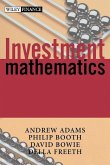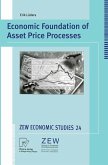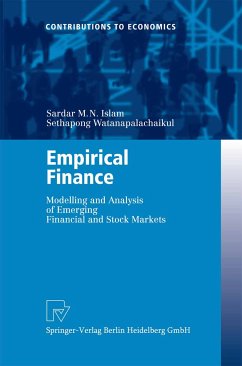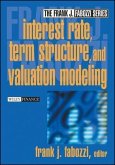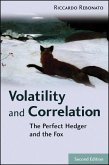BROWNIAN MOTION CALCULUS Brownian Motion Calculus presents the basics of Stochastic Calculus with a focus on the valuation of financial derivatives. It is intended as an accessible introduction to the technical literature. The sequence of chapters starts with a description of Brownian motion, the random process which serves as the basic driver of the irregular behaviour of financial quantities. That exposition is based on the easily understood discrete random walk. Thereafter the gains from trading in a random environment are formulated in a discrete-time setting. The continuous-time equivalent requires a new concept, the Ito stochastic integral. Its construction is explained step by step, using the so-called norm of a random process (its magnitude), of which a motivated exposition is given in an Annex. The next topic is Ito's formula for evaluating stochastic integrals; it is the random process counter part of the well known Taylor formula for functions in ordinary calculus. Many examples are given. These ingredients are then used to formulate some well established models for the evolution of stock prices and interest rates, so-called stochastic differential equations, together with their solution methods. Once all that is in place, two methodologies for option valuation are presented. One uses the concept of a change of probability and the Girsanov transformation, which is at the core of financial mathematics. As this technique is often perceived as a magic trick, particular care has been taken to make the explanation elementary and to show numerous applications. The final chapter discusses how computations can be made more convenient by a suitable choice of the so-called numeraire. A clear distinction has been made between the mathematics that is convenient for a first introduction, and the more rigorous underpinnings which are best studied from the selected technical references. The inclusion of fully worked out exercises makes the book attractive for self study. Standard probability theory and ordinary calculus are the prerequisites. Summary slides for revision and teaching can be found on the book website www.wiley.com/go/brownianmotioncalculus.
Dieser Download kann aus rechtlichen Gründen nur mit Rechnungsadresse in A, B, BG, CY, CZ, D, DK, EW, E, FIN, F, GR, HR, H, IRL, I, LT, L, LR, M, NL, PL, P, R, S, SLO, SK ausgeliefert werden.




